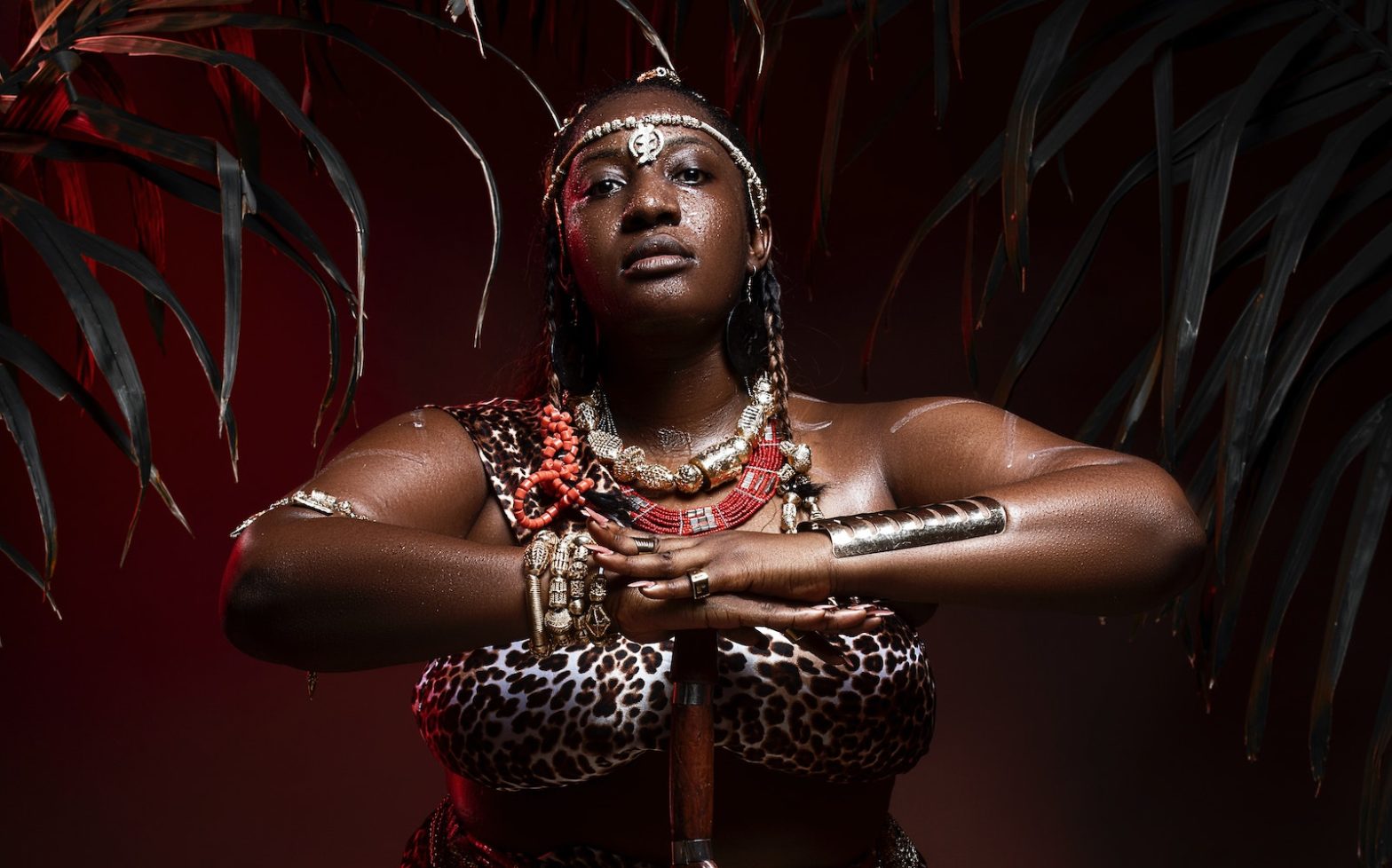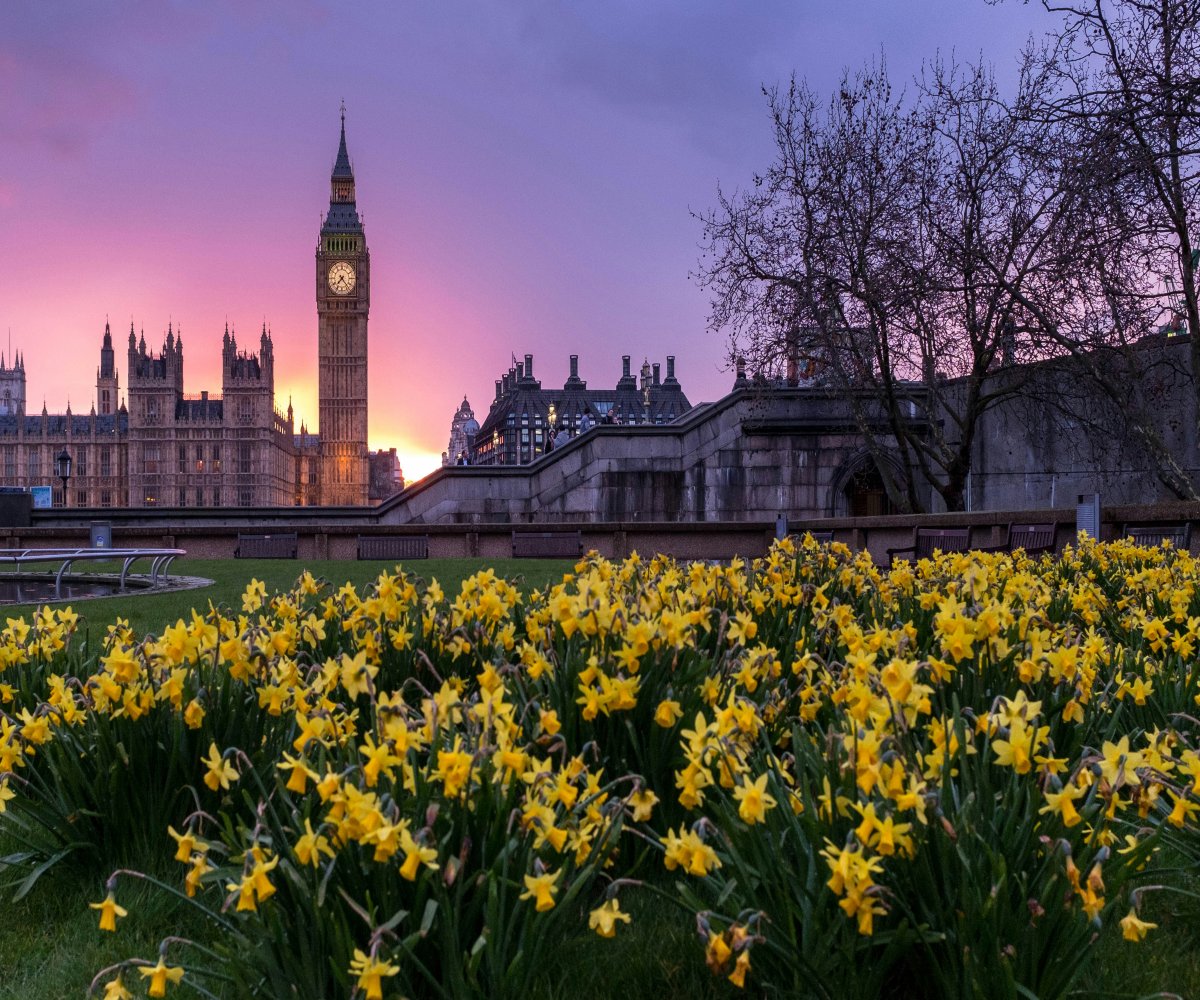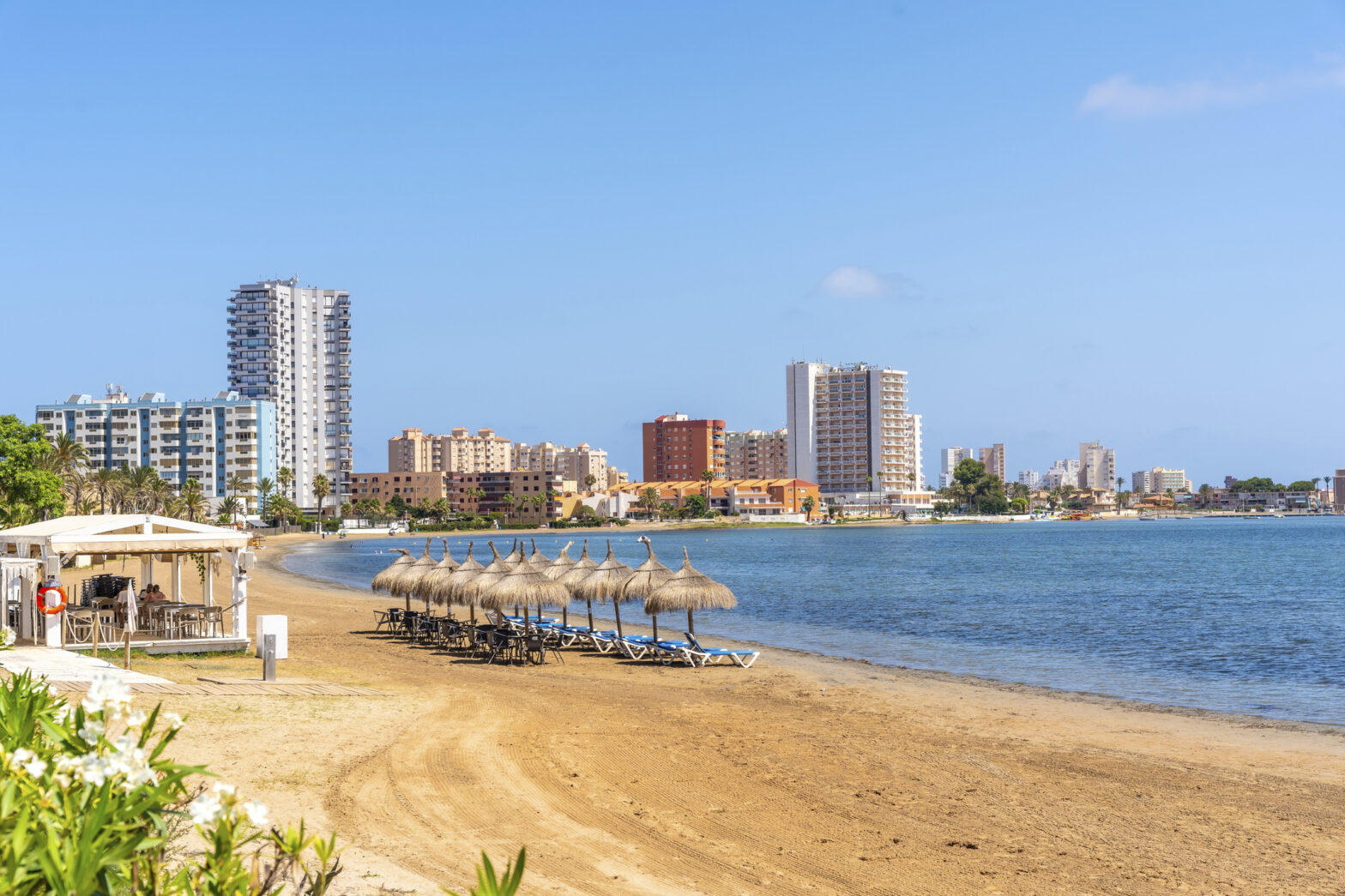One thing we can’t deny is that Caribbean rebellions are non-existent without Black women at the forefront. The Caribbean’s history is full of resistance and tells a story of overcoming while banding together for the sake of the islands’ liberation. Here are a selection of Caribbean rebellions led by women, cutlass in hand and bravery in heart; this is how they did it:
Mary, Agnes & Matilda
https://www.instagram.com/p/CR1wKbaro2j/
In 1878, one of the most violent rebellions took place in the Danish Caribbean islands. Locally known as the Fireburn rebellion, this labor riot sent a loud and clear message to plantation owners.
These three rebel women, Queen Mary, Queen Agnes and Queen Matilda, along with a whole host of other enslaved Africans traveled around to 50 plantations and burnt down houses, sugar mills, fields and stores. It is said that over half the city of Frederiksted burned down.
To this day Queen Mary, Queen Agnes and Queen Matilda are considered heroines. The local population erected statues of the three women and one of the main roads on St. Croix is named Queen Mary Highway.
Flore Bois Gaillard
https://www.instagram.com/p/BtdjbFhhJQI/
Flore Bois Gaillard is known to have been a biracial enslaved St. Lucian woman who was detrimental in the Battle of Rabot.
Flore Bois Gaillard, growing tired of the harshness of both the French and immediately after the English who occupied the land, escaped the plantation in 1793. After running away and taking refuge in the woods, she came across other escaped Africans who had formed an army. The army planned a rebellion to rid the country of the British for good and declare St. Lucia a free country.
Flore Bois Gaillard rose in the ranks and quickly became a military leader, her planned counter-attack at Soufriere being pivotal in the success of wiping out many British slave owners, burning down plantations and freeing several slaves who later joined the army. Some say that Flore killed her former master and burned down his plantation.
While there is not a huge amount of knowledge about the details of Flore Bois Gaillard, she remains as a significant national treasure in St. Lucian history. The natural monument made to honour her, Piton Flore, is named after this St. Lucian iconic figure.
Marie Sainte Dédée Bazile
https://www.instagram.com/p/B6N0VybFV-l/
Marie Sainte Dédée Bazile was absolutely key in part of the Haitian Revolution, and in the legacies of honouring it.
Often callously considered to be a ‘mad woman’, Marie Sainte Dédée Bazile’s story is saturated with traumatic incidents which may have contributed to mental illness. Being a survivor of rape by her slave master as well as witnessing the death of her family, this Haitian revolutionary carried a lot with her into the rebellion.
Marie Sainte Dédée Bazile, who was also known as Défilée, Défilée-La-Folle, escaped her slave master to join the fight for Haiti’s liberation.
Marie Sainte Dédée Bazile is most known for retrieving, transporting and burying the mutilated body of Jean-Jacques Dessalines, the first Governor-General and later Emperor of an independent Haiti, in a cemetery in Port-au-Prince. This defiant act allowed for his body to be respectfully put to rest.
Carlota Lucumí
https://www.instagram.com/p/CCZagfrJUuw/
Carlota Lucumí (La Negra Carlota) was brought to Cuba as an African woman of Yoruba origin. Today Carlota is known for the rebellions in the Triunvirato plantation in Matanzas, Cuba during 1843 -1844.
As conditions intensified on the plantations in Cuba, many revolts happened between 1830 to the late 1840s. In 1843, Lucumí and another enslaved woman, Firmina, began to plot a rebellion alongside the other enslaved on the plantation.
The plot was uncovered by the slave masters and Fermina was beaten and imprisoned. Carlota Lucumí continued with the rebellion, coordinating with her talking drum to lead a raid on November 3 1843 to free Firmina and the other enslaved people. Under Carlota’s genius and bravery, they burned down the torture house, killed the overseer’s daughter, Maria de Regla, and then forced Julian Luis Alfonso, the owner of the Triumvirato plantation, to flee for good.
In the ongoing two-day rebellion, Carlota and her army destroyed five sugar plantations. They fought until the very end and on the last day that the last plantation was destroyed, Lucumí and Firmina were both captured and executed. Carlota’s body was tied to a horse and dragged until she died.
Her memory is still honoured today amidst the ruins of the sugar mills of Matanzas, Cuba.
Nanny of the Maroons
https://www.instagram.com/p/BONPhjMBrzX/
Queen Nanny of the Maroons is a key figure in Jamaican liberation history and is widely known across the Caribbean. Details of her origins cannot be confirmed entirely, but it is said that she was born in Ghana, to the Ashanti tribe before setting up her rebel base in the surrounding mountains of Portland, Jamaica.
Queen Nanny established her own Maroon community and engaged in Guerrilla warfare tactics and was an outstanding military leader.
Throughout Nanny’s developing Maroon community and various successful raids and riots, the British tried but could not capture her or her highly-trained army.
Details of Nanny’s existence, while wildly accepted to be true, have become mystified over time. Due to the extent of her success in her battles against the British, many believed that she practiced magic to aid her and her armies and was an Obeah woman.
The British tried and failed multiple times throughout 1728 to 1734 to capture the Maroons. In 1739, Cudjoe, another Maroon leader, signed a treaty with the British which granted the Maroons land to settle on, New Nanny Town.
Nanny’s legacy is strong and she remains as a symbol of resistance and power in Jamaica until today.





